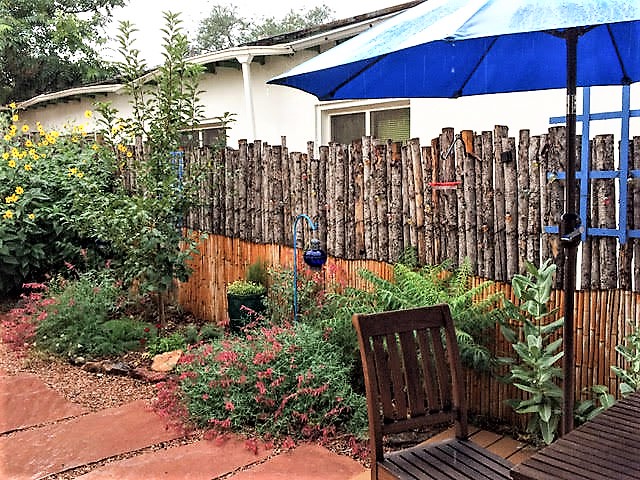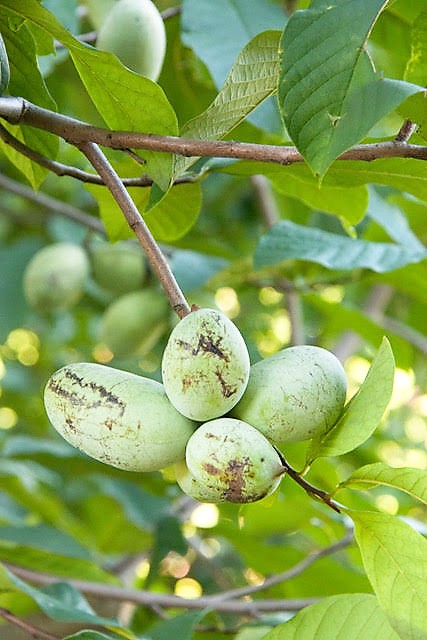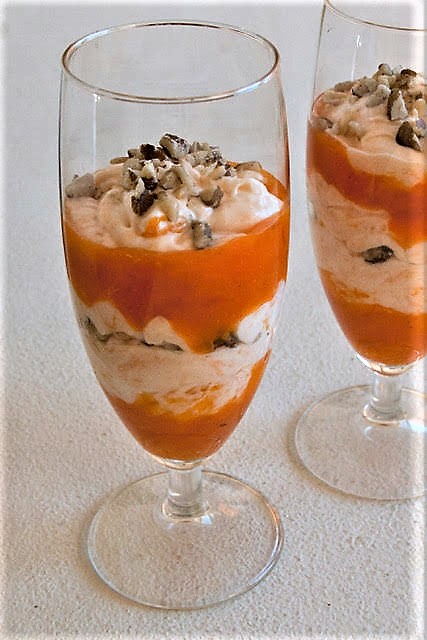
Ellen Zachos knows how to look for what others might overlook. She’s author of several books, including Backyard Foraging: 65 Familiar Plants You Didn’t Know You Could Eat. Her newest book The Forager’s Pantry: Cooking with Wild Edibles will be out in April, 2021. What’s her definition of foraging? She laughs. “Some people think it’s dumpster diving,” she says, but no. She says foraging is “going in search of delicious wild edible plants and mushrooms.” Foragers are hunting for flavors they can’t buy in the grocery store.

“Sometimes,” Ellen says, “people fall deeply in love with a wild flavor they find, and they want to have that growing just outside their front or back door.” That’s just what happened to her. Foraging in the wildlands brought her back home to her own recently created garden in New Mexico. She says, “Every single plant I put in has an edible part to it—lilac flowers, Aronia berries, roses, and pines.” And, many delicious wild edibles can be grown from seed started in a greenhouse.

“There’s a lot of advantages to starting seeds with protection,” Ellen says. Outdoors, tiny powdery seeds can blow away, or be overrun by more vigorous plants. Critters like squirrels and chipmunks can dine upon your newly planted seeds. Some seeds also have special requirements, like stratification—spending days or months in a 40-degree fridge. After all that investment of time, Ellen says, “If you start them in a greenhouse, you avoid the heartbreak of losing them to the outdoor elements.”
Here are three of Ellen’s suggestions for a warm greenhouse—around 70 degrees.
Pawpaw (Asimina triloba) – The fruit of this small (45-foot) understory native tree is a treat for knowledgeable foragers. “The flavor of pawpaw is rich, custardy, and resembles the love child of a banana and a mango,” says Ellen. “Maybe with a little guava thrown in.” They need stratification, so place seeds in a covered glass jar with a damp paper towel in a fridge and wait 3 months. (Add a spray of water if it dries out.) After that, sow seeds one inch deep in containers that give enough room (8 inches, minimum) for the taproots to go down.

American persimmon (Diospyros virginiana) – Ellen says, “I think the flavor of American persimmons when fully ripe is much sweeter than the Asian persimmon (even the hachiya), with caramel notes that make it irresistible.” Treat the seeds similarly to pawpaw—3 months in the fridge—and sow 2 inches deep in roomy containers in a well-lighted greenhouse.
Orache or mountain spinach (Atriplex hortensis) – Here’s a leafy green that’s easily grown in containers, and doesn’t tend to bolt to flower in warm weather, which makes it terrific in summer salads. “Harvest by taking off the top two inches,” Ellen says. “The flavor is like a delicate baby spinach—a mild green with a slight salty taste.” Seeds of cultivars like Ruby Red Orache are available for sale.
Find out more by visiting Ellen’s website. What flavors will you end up bringing home?


